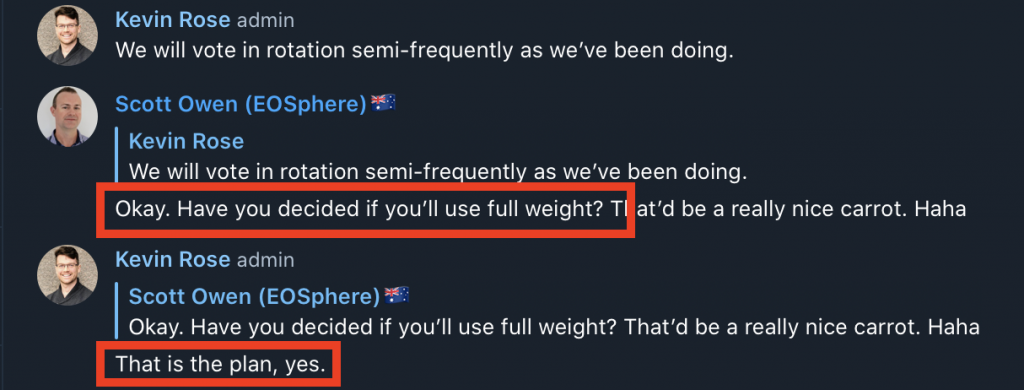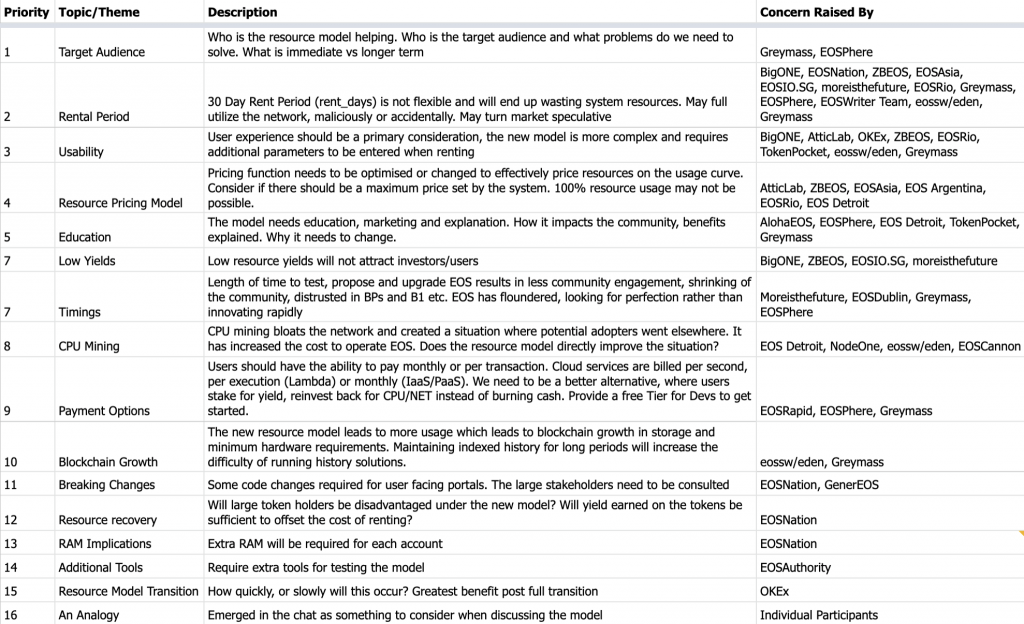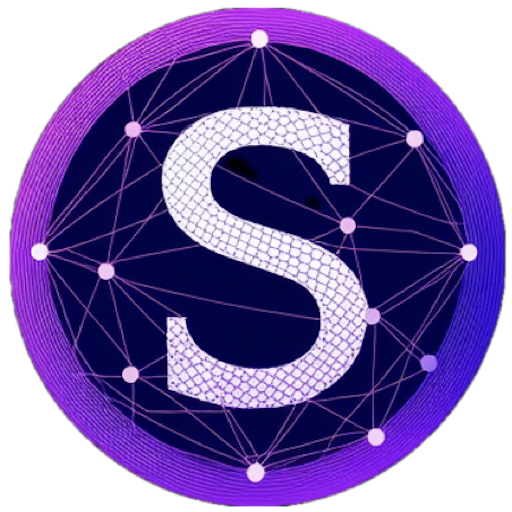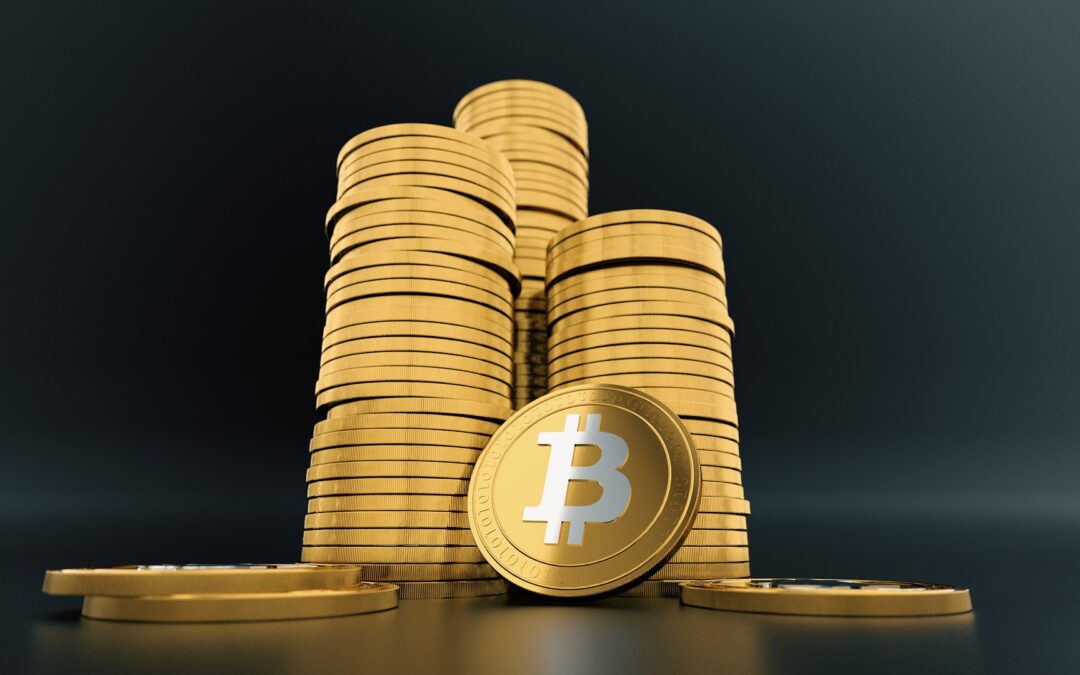First published on VOICE in October 2020 -> Check it out here.
History
Over the last few weeks, the Writer and EOSphere teams have been collecting feedback relating to the proposed EOS resource model. Block.one (B1) introduced the code in December 2019 following the REX resources crunch, which resulted in an inability to rent CPU resources from the EOS blockchain.
Those following EOS would undoubtedly remember EIDOS and the ensuing CPU mining frenzy which swept the network, exposing several underlying problems, generating negative press and even #EOSFUD.
EOS BPs and influencers have done a stellar job describing the challenges; however, if you’re unfamiliar or coming up to speed, I’d suggest reading through this article from B1 and the recent EOSwriter post from Yves over at EOSNation.
What’s less known is the work BPs undertook to stabilise and improve the network following the CPU mining craze. BPs upgraded their nodes to eosio 2, enhanced connectivity & topology and deployed EOSVM, all of which dramatically improved speed and performance. The unfortunate aspect of prioritising operational activity was that the proposed resource model (released in December 2019) did not get immediate traction. Anyone working in IT will understand the dilemma. When do you stop new feature development to quash technical debt? There is no right or wrong here, it’s a complex issue; what’s important is the network is now ready for the new resource model, which will further strengthen and avoid many of the issues of the past.
Revitalising EOS
The Public Blockchain Engagement (PBE) team at B1 recently restarted the conversation by inviting the EOS community to test the proposed resource model. The program offers individual prizes of up to $20,000 for reporting critical issues.
“Block producer engagement is critical; therefore, we invite block producer candidates to engage with the proposed resource model and provide the constructive feedback needed to make this project successful. We hope that, by including participation in this process of testing and feedback as part of our discretionary voting criteria, the proposal provides the intended long-term benefits”.
Source: https://eos.io/news/blockone-invites-eos-community-test-proposed-resource-model/
The resurgence in activity is evident. Ryan Bethem from EOS42 and Chintai wrote a fantastic piece on voice.com about how incentives are revitalising EOS. The EOS resource model Telegram channel is active, providing community members with an opportunity to voice and discuss opinion. The PBE is involved in the discussion, answering questions and directly engaging in the process. Furthermore, B1 have signalled their intent to cast their full vote weight for BPs who add value to the process.

If there is no BP follow through, B1 plans to cycle votes to contributors.

All of this equates to an alignment of incentives which should move the resource model towards a MainNet deployment.
The Resource Model
The community feedback has done an incredible job describing the proposed changes. Kyle of eosvibes updated his Digital Real Estate analogy, which keeps things relatable.
Ross from EOSphere described the proposal in person on the EOSphere YouTube channel.
Community Feedback
As discussed earlier, the team has collated BP and community feedback and summarised for easy access and consumption. Additionally, NodeONE and AlohaEOS compiled excellent resources, full of links and pertinent information.
General Support
Support for the new model is strong amongst English speaking BP and EOS community members. At last count, there were no known show-stopping issues from top BPs who will ultimately be responsible for signing the multi-signature transaction which will set the code on the network. Conversations in Telegram have suggested non-English BPs are supportive, with B1 and BPs leading the way in the WeChat groups.
While support is growing, there is still a level of trepidation from BPs who are taking a proportionate risk-based approach to the upgrade. Alongside everyday activities like software testing and critical issue identification (all which are essential for success), much discussion centred on the eventual settings or parameters of the system.
The table provides a high-level summary of the most topical discussion points from written media, Telegram and Twitter. Topics have been prioritised based on the number of mentions. The theme list is a work in progress as it changes with the conversation.

Top Themes
In future posts, I plan to delve into the high priority topical themes such as the rental period, pricing model, usability and timelines. All are being discussed at length and will require community consensus to move forward.
Stay tuned for these articles on voice.
Conclusion
Deploying a new resource model on an open public blockchain has its challenges. Satisfying all stakeholders is unlikely, but, it’s important to remember the new model itself is not a one-off shift or set and forget.
Extending the resource model of EOS marks the beginning, not the end of the journey. Nor will it solve all of the network’s problems.
However, going by the level of conversation and the passion on display, it’s clear people care about driving value and benefits back to EOS token hodlers.




